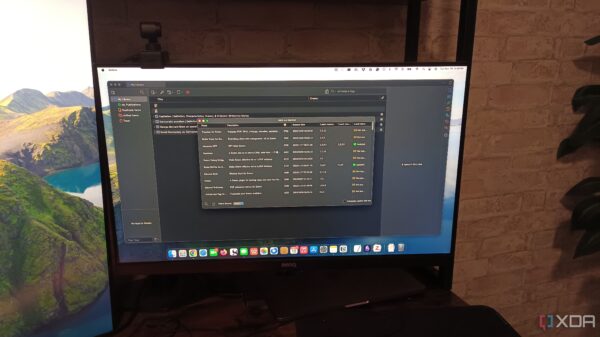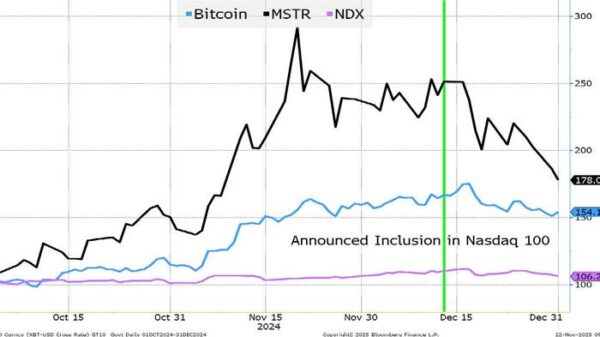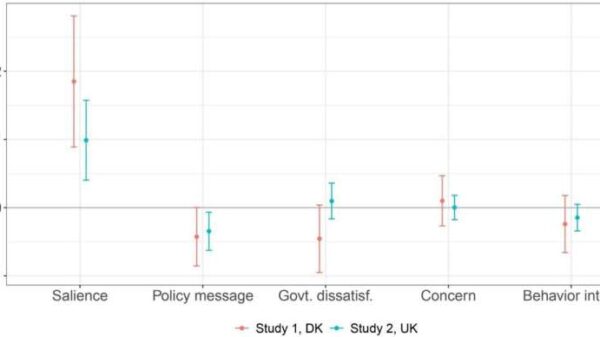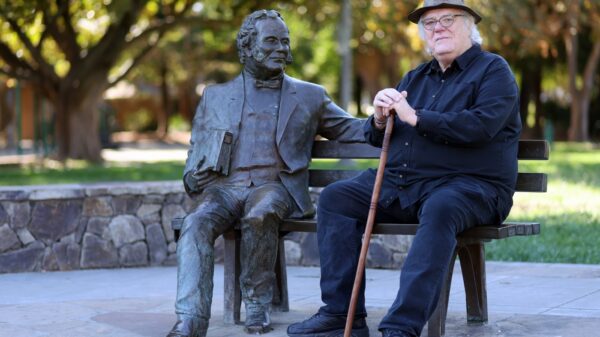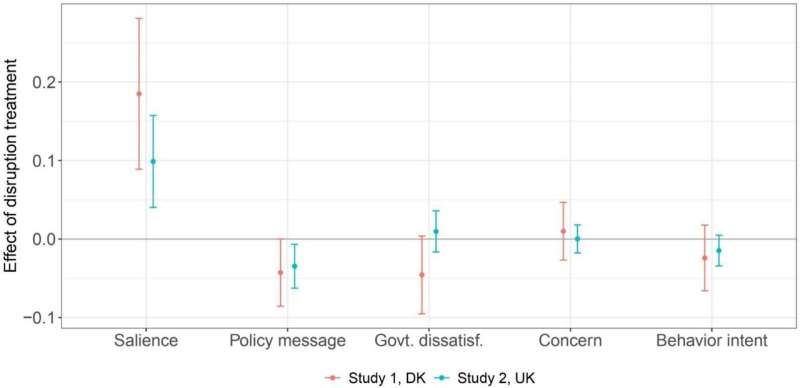Climate activism has become increasingly prominent, with disruptive protests gaining substantial media attention. These protests often involve actions such as blocking construction sites, vandalizing art, or interrupting public events. According to research conducted by Clara Vandeweerdt, an assistant professor at the University of Copenhagen, these tactics effectively raise awareness about climate change but also reveal a complex paradox.
Vandeweerdt’s study, titled “The Activist’s Trade-off: Climate Disruption Buys Salience at a Cost,” published in the journal Political Behavior, identifies how non-violent disruptive protests can elevate climate change on the political agenda. However, there is a notable backlash that can undermine the specific policy goals of activists.
The research indicates that while disruptive protests generally increase the public’s recognition of climate change as a critical issue, they may also lead to decreased support for the specific measures advocated by protesters. For instance, Vandeweerdt highlights a case where activists blocked a road in Denmark to protest new motorway construction. Surprisingly, those who witnessed the protest were more likely to support the construction of new motorways, countering the activists’ objectives.
Vandeweerdt explains, “The paradox is that a disruptive protest can indeed attract attention and elevate an issue on the political agenda. But we also observe a small backlash effect.” This effect is particularly concerning, as it suggests that while public concern for climate change may rise, the immediate response to specific actions could be counterproductive.
The research methodology involved analyzing two cases of media coverage surrounding disruptive climate protests: the aforementioned motorway blockade in Denmark and an interruption of a televised snooker match in the United Kingdom. Participants in the study were divided into two groups. One group answered questions about political issues without prior exposure to protest news, while the other group received information about a disruptive protest before answering the same questions.
Findings revealed that participants exposed to the protest news were 10% to 19% more likely to identify climate change as a significant societal issue. Yet, they also exhibited more negative attitudes toward the specific policy changes sought by the activists.
The question now arises: is the use of disruptive protest actions a worthwhile strategy for climate activism? Vandeweerdt notes that activists face a difficult choice between gaining visibility and risking backlash. Despite the potential for negative responses, she emphasizes that the increase in public awareness is considerably greater than the backlash effect.
“It would be interesting to find out whether there are ways to conduct protest actions that raise awareness without triggering backlash,” she adds. While non-disruptive activism may avoid backlash, it often fails to attract media attention, making it challenging to mobilize public support.
This research holds implications not only for activists but also for public authorities, including governments and legal systems. Understanding the societal impact of activism can help these entities respond more effectively to protests.
In conclusion, the complexities surrounding disruptive climate protests highlight the need for activists to carefully consider their strategies. As the landscape of climate activism evolves, the balance between raising awareness and achieving specific goals remains a critical challenge.
For more information, refer to Clara Vandeweerdt’s study, “The Activist’s Trade-Off: Climate Disruption Buys Salience at a Cost,” published in Political Behavior in 2025.




